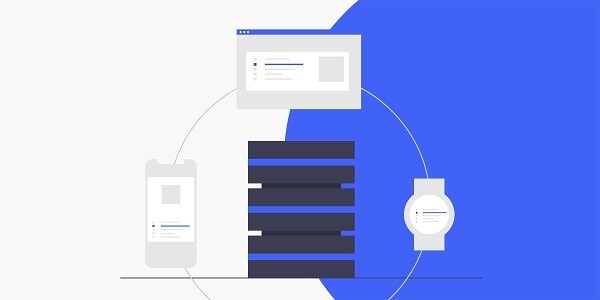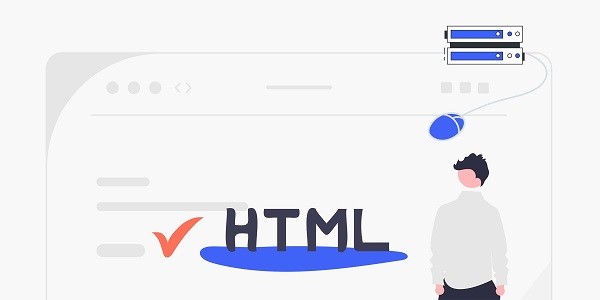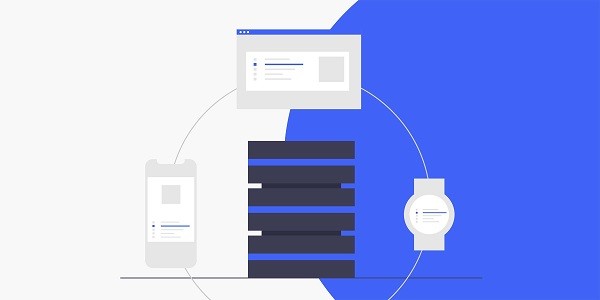Explore how bs4's find_all method can efficiently extract web page data, and combine it with IP2world's proxy IP service to solve anti-crawling restrictions and improve data crawling efficiency. What is bs4's find_all method?Beautiful Soup (abbreviated as bs4) is a third-party library in Python for parsing HTML and XML documents. Its core function find_all() can quickly locate target elements based on tag names, attributes or CSS selectors. For developers or companies that need to extract web page data in batches, this method simplifies the data cleaning process and becomes a key tool for automated crawling. IP2world's dynamic residential proxy and static ISP proxy provide stable IP resource support for large-scale data crawling. Why is bs4's find_all method so efficient?The underlying logic of find_all() is based on document tree traversal and filtering. By specifying tag names (such as div, a), attributes (such as class, id) or regular expressions, it can accurately locate target content in complex web page structures. For example, when extracting product prices from e-commerce websites, you only need to specify the tag and class name containing the price to obtain the values in batches. This flexibility makes it suitable for a variety of scenarios such as news aggregation, competitive product monitoring, and public opinion analysis.Combined with IP2world's exclusive data center proxy, users can bypass the single IP request frequency limit and avoid triggering the anti-crawling mechanism. The highly anonymous proxy IP ensures that the crawling behavior is not recognized by the target website, thereby ensuring the continuity of data collection. How does find_all cope with dynamically loaded content?Modern web pages often use JavaScript to dynamically render content, and traditional parsing tools may not be able to directly obtain dynamically generated data. In this case, you need to use automated testing frameworks such as Selenium or Playwright to render the entire page first and then use find_all() to extract information. However, frequent calls to dynamic pages may cause IP blocking issues.IP2world's S5 proxy supports HTTP/HTTPS/SOCKS5 protocols, and with the rotating IP pool, it can effectively disperse the request pressure. For example, when crawling public data from social media platforms, by switching residential IPs in different regions, it can simulate real user behavior and reduce the risk of being blocked. How to optimize find_all performance and accuracy?Although find_all() is powerful, you need to pay attention to performance optimization when processing massive amounts of data. Reducing nested queries, using the limit parameter to limit the number of results returned, or accurately matching attributes through the attrs parameter can all improve parsing speed. In addition, avoiding overly broad selectors (such as relying only on tag names) can reduce the interference of redundant data. As a professional proxy IP service provider, IP2world provides a variety of high-quality proxy IP products, including dynamic residential proxy, static ISP proxy, exclusive data center proxy, S5 proxy and unlimited servers, suitable for a variety of application scenarios. If you are looking for a reliable proxy IP service, welcome to visit IP2world official website for more details.
2025-04-01


